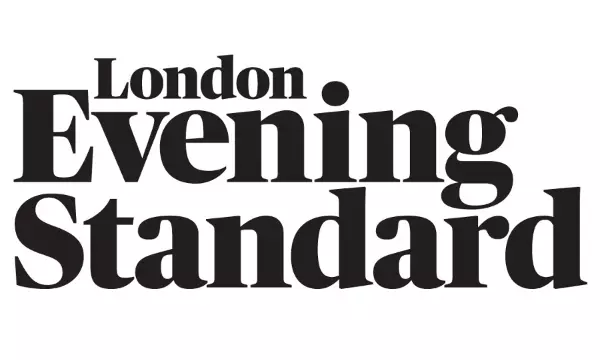
Precious metals specialist Royal Gold (RGLD), which focuses on the acquisition and management of streaming and royalty interests, generated headlines on Monday — though perhaps for the wrong reason. According to the company’s press release, Royal agreed to acquire Sandstorm Gold (SAND) and Horizon Copper (HNCUF) for a transaction equity value of about $3.5 billion and $196 million, respectively. While the acquired entities surged in value, RGLD stock dropped 6.44%.
Overall, long-term investors aren’t feeling too shabby. Since the beginning of this year, RGLD stock gained almost 28%, even with yesterday’s big drop. In the past 52 weeks, the security moved up more than 28%. Just as importantly, while the underlying gold market has been choppy since April, it appears to have reached a stabilization point around the $3,300 level.
With economic and geopolitical uncertainties looming, it’s not unreasonable to believe that the yellow metal may once again receive safe-haven demand. If so, RGLD stock could potentially resume its upward trajectory.
What’s even more intriguing, the smart money seems to have confidence in Royal Gold despite Monday’s hiccup. When the closing bell rang out, RGLD stock represented one of the highlights of Barchart’s screener for unusual options volume. Specifically, total volume hit 3,939 contracts, representing a 291.94% lift over the trailing one-month average.
Still, what may have caught some investors off guard was the put/call ratio of nearly 0.99, where call volume landed at 1,983 contracts while put volume reached 1,956 contracts. On the surface, the even ground implies relatively equal sentiment between the bulls and bears. However, options flow — which focuses exclusively on big block transactions likely placed by institutional investors — shows net trade sentiment at $70,700 above parity, thus favoring the bulls.
Leveraging Statistical Analysis to Strategize RGLD Stock
While fundamental catalysts and options market interpretations provide important color and context, the information can be rather opaque. With the former category, the market has likely priced in all publicly available information of note. Regarding the latter, the transactions are not necessarily clear-cut. For instance, a call option could be a straight debit wager or it could be the credit portion of a multi-leg strategy.
To better understand how the market will respond, one approach is to convert the chaos of everyday price discovery into a unified language that stays stationary across time. In this manner, demand profiles can be segregated into distinct, discrete behavioral states. From there, traders can extract — through studying past analogs — the likelihood of transition from one behavioral state to another.
To achieve this framework, price action can be converted into market breadth or sequences of accumulative and distributive sessions. As a representation of demand, market breadth is effectively binary — investors at the end of the day (or session) are either net buyers or net sellers. Through this binary code, traders can get an empirical gauge of how the target asset responds to various conditions.
In the trailing two months, the price action of RGLD stock can be arranged as a “4-6-U” sequence: four up weeks, six down weeks, with a positive trajectory across the 10-week period. Admittedly, this conversion process pancakes RGLD’s magnitude dynamism into a simple binary code. But the benefit is that this code — once identified — can be analyzed to see how it responded in prior circumstances.
As it turns out, the 4-6-U is relatively rare, having only materialized 15 times since January 2019. Notably, though, in 73.33% of cases, the following week’s price action results in upside, with a median return of 3.07%. Should the bulls maintain control for a second week, they may anticipate an additional 1.11% of performance.
Accounting for yesterday’s volatility, a possible upside target would be around $175.30 over the next two weeks.
A Quick Strike for the Bullish Speculator
For those willing to roll the dice, market gamblers may be tempted by the 170/175 bull call spread expiring July 18. This transaction involves buying the $170 call and simultaneously selling the $175 call, for a net debit paid of $240 (the most that can be lost in the trade). Should RGLD stock rise through the short strike price ($175) at expiration, the maximum reward is $260, a payout of over 108%.

Primarily, what’s appealing about the above call spread is the implied shift in sentiment regime of the 4-6-U sequence. As a baseline, the chance that a long position in RGLD stock will be profitable is only 51.18%. With the aforementioned sequence flashing, the bulls potentially have a compelling opportunity to extract a quick reward.
To be clear, we’re still talking about probabilities, not certainties. Further, it should be mentioned that the stock market is an open system, meaning that outside influences can enter the paradigm and disrupt it. No model can perfectly account for such risks. Still, the above framework provides a decision-tree logic that may help traders think more empirically.
On the date of publication, Josh Enomoto did not have (either directly or indirectly) positions in any of the securities mentioned in this article. All information and data in this article is solely for informational purposes. For more information please view the Barchart Disclosure Policy here.






